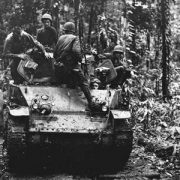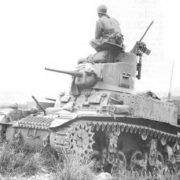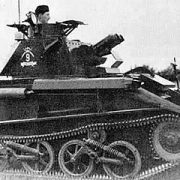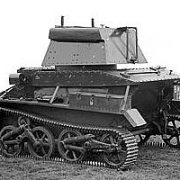When the M3 light tank series was being produced, America needed radial engines to power aircraft. There was a concern that there would not be enough radial engines for all the airplanes that were being built, so the US decided to try to find other types of engines to power tanks.
The M5 light tank was
Read more
M5 Light Tank












